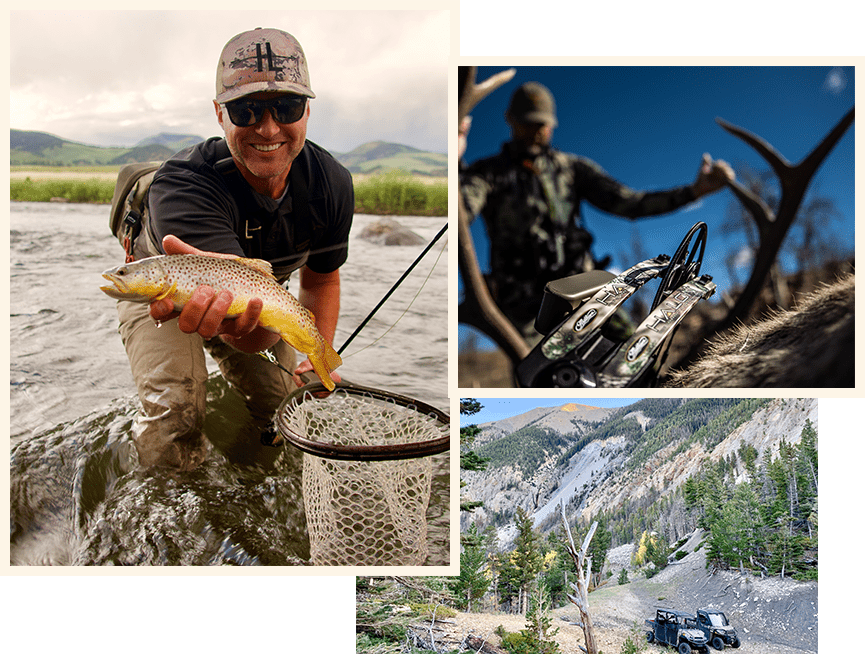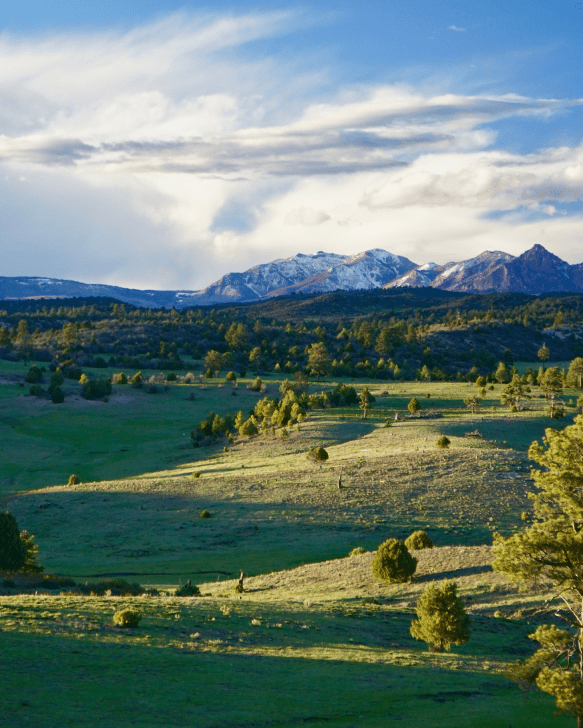Use a Thermometer to Improve Your Spring Fishing Success
Spring flyfishing in the Rocky Mountain states can either be a delight or a debacle. To up your odds of your next spring fishing trip being in the “delight” category, consider adjusting your strategy and tactics to match the particular environmental factors that make spring fishing a very different animal than fishing in any other season of the year.
The most significant factor for anglers to consider when fishing after the ice leaves and before runoff strikes is water temperature. Trout, being cold-blooded creatures, will not be feeling up to their summer-active selves when the water temperature hovers a couple degrees above that of the Arctic ice pack. Water temperature rules in the spring, and savvy anglers will pay attention. The following cold-water fishing suggestions should help increase the number of your spring flyfishing hookups significantly.
1. Purchase a stream thermometer. Thermometers don’t have to be expensive to be useful. Just check their accuracy against a more expensive one, and it’ll serve just fine. On the other hand, an expensive thermometer works, too, but you’ll regret it more when you lose it!
2. Take stream temperatures often and understand what they mean. Although current mixing usually keeps temperature fairly consistent throughout the stream, the temperature should be taken a few feet away from the bank and two or three inches beneath the surface. As a general rule, stream temperatures below 38 degrees almost always mean very sluggish trout. At these temperatures, food sources (nymphs) have to be presented “on the nose” for fish to be motivated to eat. From 38 to 46 degrees, trout become a little more active and spread out a bit more. A good drift is still important, but does not have to be absolutely perfect. From 46 to 50 degrees, trout become significantly more active, and may even be found in summer lies and rising to dry flies. From 50 to 60 degrees, trout are feeling mighty good and will be behaving much as summer trout do.
3. Fish in the warmest part of the day. This is a corollary of the previous tip. In the spring, there’s no reason for you or the fish to be active at the crack of dawn. Most days before May, 11:00 A. M. is a perfectly fine starting time, and afternoons are usually ideal. It’ll always take a few hours for the spring sun to warm the water sufficiently.
4. Learn to fish where the fish are. In the spring this seemingly-obvious truism usually means one thing in water colder than 46 degrees: the deepest water available. The water may be a couple of degrees warmer near the bottom on a very cold day, and sluggish trout conserve energy by dropping right on the bottom where there is very little current.
5. Get your fly to where the fish live. Once you understand that the majority of a trout’s life in the spring is spent on the bottom of the stream, you’ll understand the importance of nymph fishing in the spring. Don’t even consider dry fly fishing unless you spot actively rising fish. Work on your nymphing technique instead. Add tiny split shot to get your nymph in the bottom six inches of the stream, and perfect your mending techniques. In addition to controlling unnatural drag on your fly, effective mending also enables a nymph to sink and remain “in the zone” where the trout are actually feeding.
Frustrated by too many spring fishing debacles? Just remember that temperature rules, carry a thermometer and use it often, and adjust your fishing accordingly. It’ll be just a matter of time before those debacle trips are wonderfully transformed into delightful ones.


